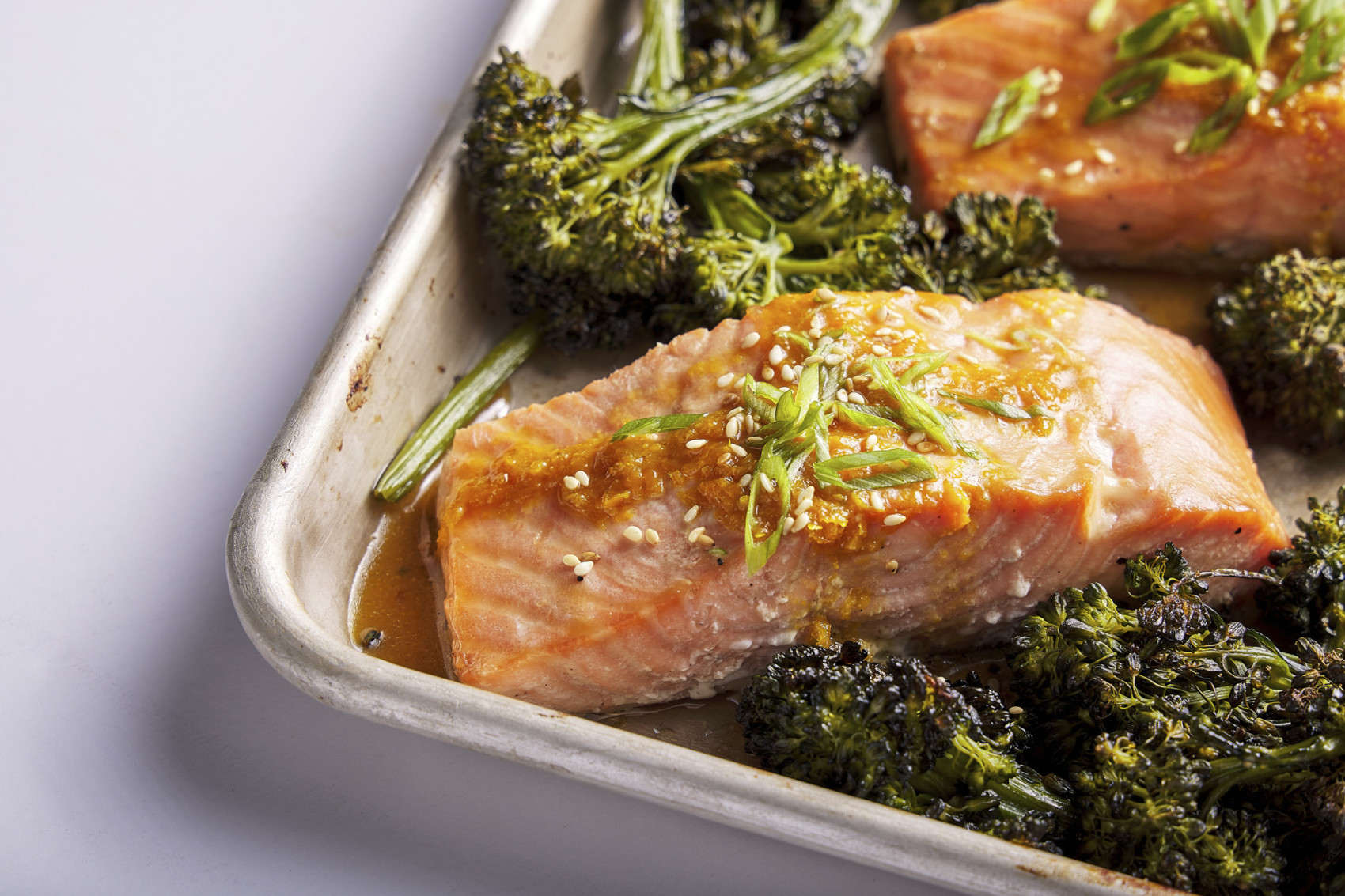Have you ever wondered why the flavors of Japanese dishes are so distinct and varied? While the cooking techniques and ingredients often steal the spotlight, the choice of chicken breeds also plays a pivotal role in shaping the culinary traditions of Japan. From heritage breeds prized for their unique textures to imported poultry that has enriched Japanese cuisine, the farm-to-table philosophy thrives on the diversity of chickens. For those exploring options for raising chickens or understanding their culinary significance, learning about different breeds offers an opportunity to appreciate how culture and flavor intersect.
The Role of Chicken in Japanese Food Culture

Chicken has been a popular meat choice in the Japanese diet for as long as can be remembered, with common meals such as yakitori, karaage and oyakodon. Like ‘shun,’ which focuses on ingredients in the right season, Japanese eat certain poultry breeds for their taste, texture and suitability to particular dishes. These breeds are well nurtured to meet the high quality of Japanese food cooking. The breed influences the final taste of the dish, whether it is prepared with tender meat or yummy broth.
Because of this cultural emphasis on quality and variety, native and imported chickens are included, each bringing something unique to the presentation of Japanese culinary culture. Passion is given to every step of the process, from farm to table, and the choices made at this level are the most important.
Heritage Breeds That Define Japanese Traditions
In Japan, it is hard to find better-known local poultry breeds except for the native chickens, locally known as “jidori,”. These free-range chickens are highly valued for their firm texture and intense flavor. They are excellent for making traditional dishes like Yakitori, where simplicity highlights the quality of the meat. The most famous jidori breed is famous for its gamey taste, which goes very well with charcoal-grilled meals.
Heritage breeds also apply to dishes that preserve chicken taste rather than adding spices to make the dish spicy. Soups and stews, for instance, rely on the breed’s unique characteristics to prepare clear or umami-packed soup. These practices underscore the importance of choosing the right chicken for the dish, a tradition deeply rooted in Japanese food culture.
The Influence of Imported Poultry Breeds

Native breeds characterize conventional cookery, but imported breeds have also influenced Japan’s cuisine. Breeds imported from other countries have added variability to farm-to-table products regarding taste, size and texture. These chickens are good for fusion meals or current interpretations of Japanese dishes, which show how the cuisines change.
Imported chickens raised in Japan often benefit from the same meticulous farming methods applied to native breeds. This precaution guarantees that even breeds from different countries meet the high standard demanded in Japanese cuisine. Combining local methods with imported expertise has helped enhance the variety of Japanese food products, making this country’s culinary perspective a combination of traditions and inspiring changes.
Farm-to-Table Practices in Japan
The farm-to-table philosophy is a trend in Japan and a deeply ingrained way of life. Poultry farmers take pride in raising their poultry naturally, providing quality diets, and keeping the birds in humane conditions. This commitment creates more fresh, tasty and sustainable meat.
These practices create advocacy with particular consumers about what they eat and need to get. Many restaurants in Japan highlight the specific farms and breeds they source their poultry from, adding a personal connection to the dining experience. This transparency enables the consumers to get value addition in terms of experience or value addition on their plate, thereby getting insights into the chicken breed that makes its way to their clientele.
Where U.S. Consumers Can Browse Poultry Breeds?
Given the Japanese commitment to quality, U.S. consumers may now study and acquire heritage and special-purpose poultry breeds for home or culinary purposes. These breeds from reliable sources complement farm-to-table value propositions based on the firm’s differentiated flavors and textures. Understanding breed traits is key, whether for eggs, meat, or as a hobby. It is similar to Japanese methods to think creatively using diverse poultry breeds, tend them carefully, and enhance results and culinary experiences.
The Future of Chicken in Japanese Cuisine
As Japanese cuisine evolves with global influences, poultry breeds remain central to its traditions and innovation. Chefs and farmers balance hybrid breeding and sustainable farming to honor traditional practices while adapting to modern demands. The farm-to-table movement highlights how specific breeds can elevate culinary experiences, blending flavor with ethical choices. For U.S. consumers, exploring diverse chicken breeds fosters a deeper appreciation for quality, care, and craftsmanship in every meal.

 3 weeks ago
19
3 weeks ago
19










 English (US) ·
English (US) ·